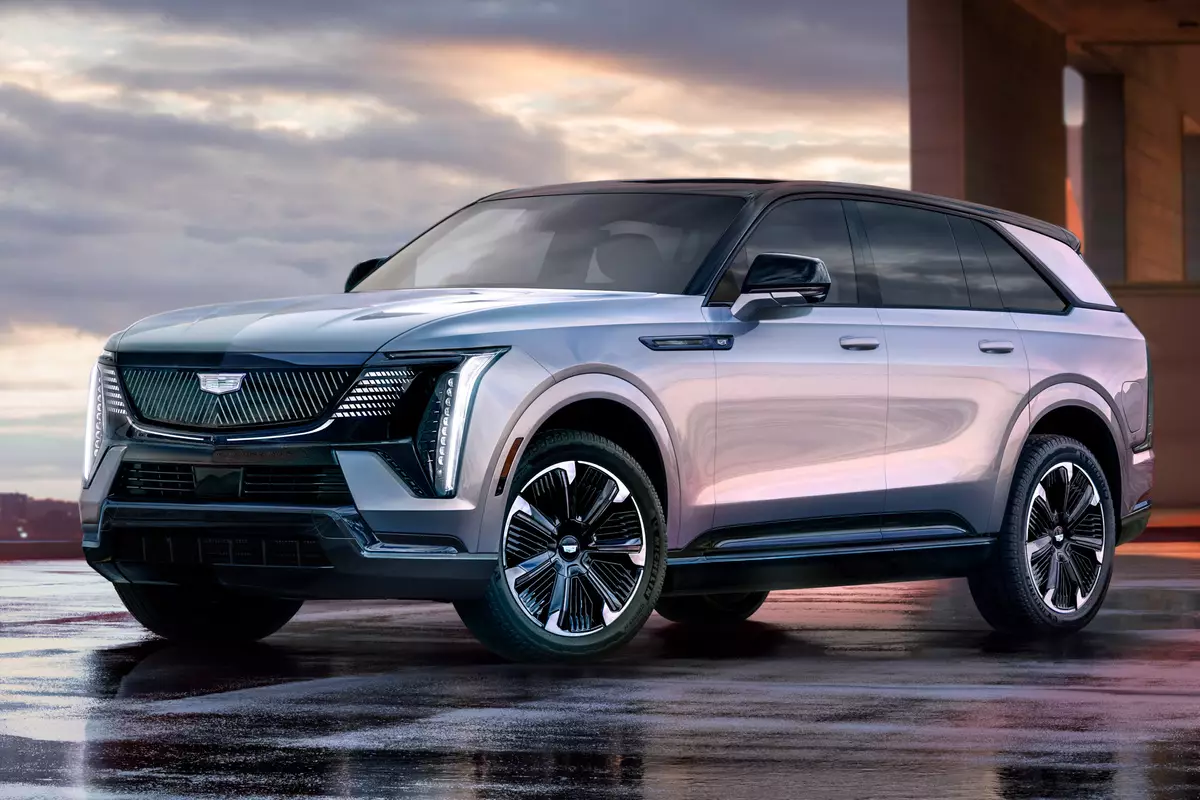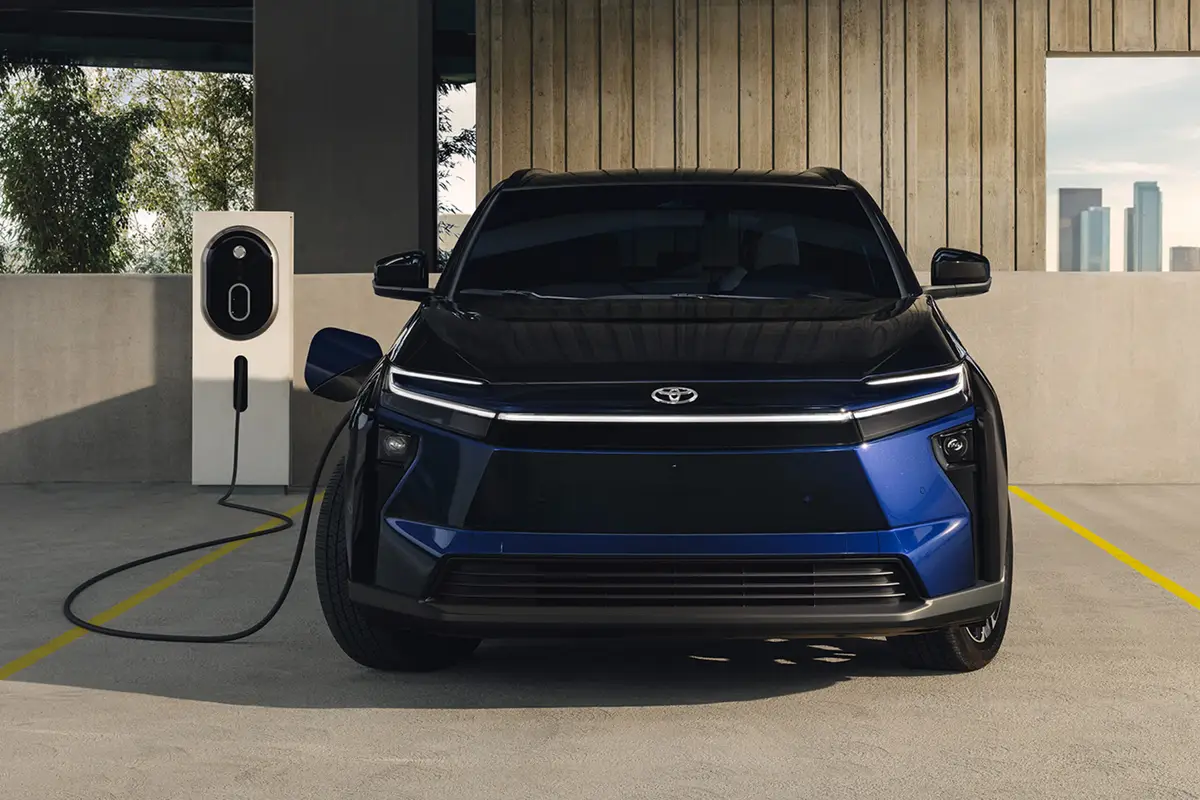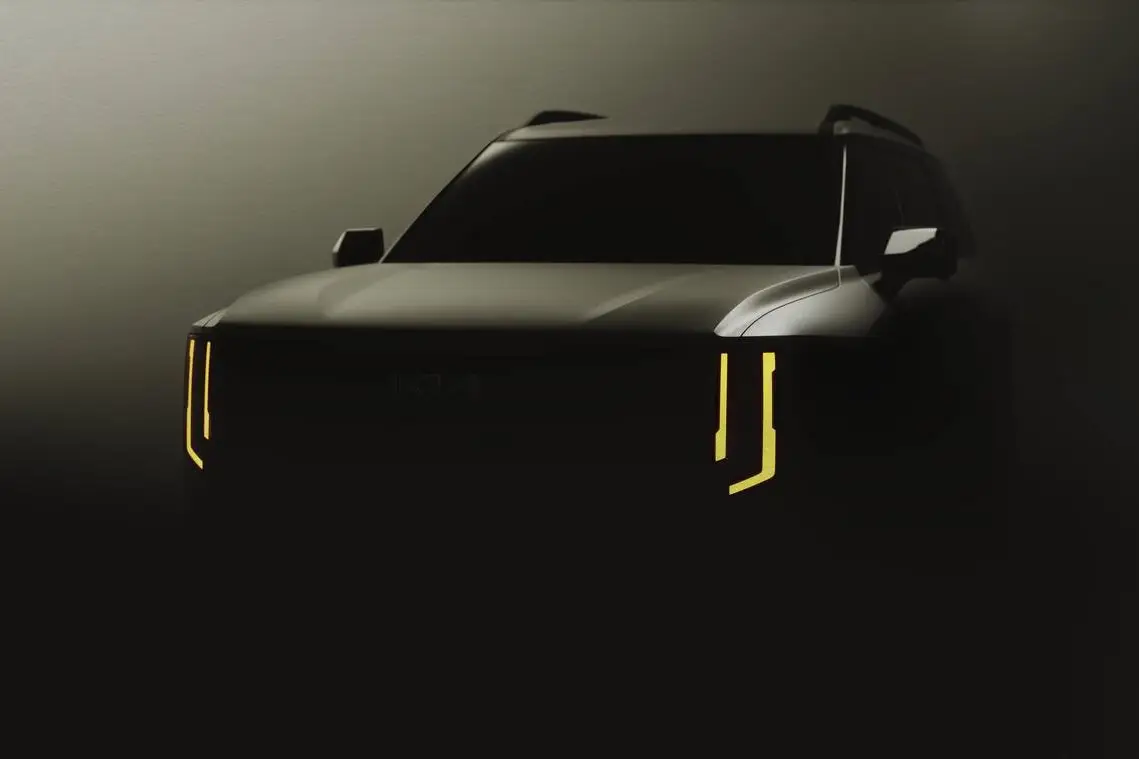washingtonpost.com's view
When a company drops nearly $4 billion and sees that loss as a sign of a brighter future, you know it’s been traveling a rough road.
That’s what General Motors did last week amid the usual derisive laughter, jokes and taxpayer moaning about how “we’ll never get our money back” from the $50 billion federal bailout of GM.
But I’m a taxpayer who has been looking at GM differently. To wit: What is the company doing in the essential business of its business, the business of designing, developing, manufacturing and selling cars and trucks?
GM, after all, is an automotive company, something it forgot for too long, from the 1970s through the 1990s. And by forgetting, it squandered a legacy built car after beautiful car, with innovation to boot, during its pre- and post-World War II heydays.
For the past three years, through the brutal pummeling of GM executives on Capitol Hill as they sought government handouts, and through GM’s blitzkrieg bankruptcy, I’ve been paying close attention to what the company and its people have been doing in the business of their business. In that, I found reason for belief in a GM that will be a profitable, attractive, innovative force in the global automobile industry.
Consider, for example, this week’s subject car, the 2010 Buick LaCrosse CXS with HiPer Strut suspension.
When the LaCrosse car line was introduced in 2005, it was a welcome improvement over what GM had been doing with its North American Buick brand, a repository of automotive mediocrity. The 2005 Buick LaCrosse was exceptionally well made and outfitted with a pretty interior. But there was something about its ovoid exterior styling, workaday 3-liter and 3.8-liter V-6 engines, and less-than-impressive handling that were decidedly Michigan Mainstream.
The old GM, embracing the notion that some progress is better than none, would have been satisfied with that. The new GM isn’t.
Within the space of four years, GM has completely upgraded the Buick LaCrosse, as evidenced by the astounding beauty and road performance of the CXS with HiPer Strut suspension, a full-size luxury family sedan that goes on sale in May.
In short, starting at $33,015, it beats any comparably priced car from BMW, Lexus or Infiniti in terms of overall value, quality, comfort, safety and performance. Please don’t argue with me on this point until you’ve driven all of the cited brands side by side. Then let’s talk.
What especially pleases me about the new GM is its increasing attention to detail, as evidenced by the suspension innovation on the new CXS.
The value of HiPer Strut (High Performance Strut), a front-suspension component, is best described by what it prevents the driver from feeling. That sudden, jerky twisting of the steering wheel as the car traverses bumps and potholes is gone, or nearly gone, depending on the severity of the road’s imperfection.
You often hear the term “torque steer” in discussions of the front-end behavior of front-wheel-drive cars upon acceleration. It refers to the often directionally aberrant behavior of front wheels that are being asked to do two things at once under the stress of acceleration: steer and drive. The LaCrosse CXS’s HiPer Strut technology greatly reduces torque steer.
In the end, what we have is a car that drives so well, you want to keep on driving it, as I did, almost jeopardizing several Buick executives’ timely departure from Northern Virginia. If you drive it once, you’ll want to buy it. And that is the point, isn’t it? This one is going to sell and sell well.
From what I’ve seen of the new GM behind the scenes, GM is going to repeat that performance with a raft of other cars — the Chevrolet Cruze, Buick Regal and Cadillac CTS-V, among others. They are sellers. It is how we as U.S. taxpayers will get our money back from GM. We’ve already placed the bet. I firmly believe we can count on a return.
Brown is a special correspondent.
Latest news



